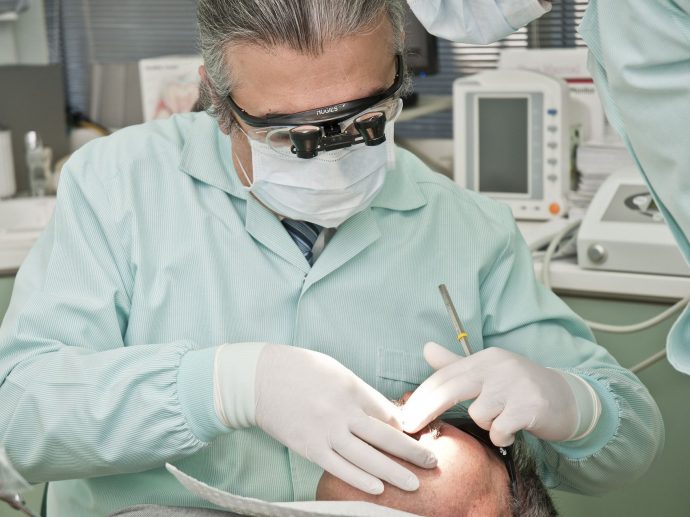Categories more
- Adventures (17)
- Arts / Collectables (15)
- Automotive (37)
- Aviation (11)
- Bath, Body, & Health (77)
- Children (6)
- Cigars / Spirits (32)
- Cuisine (16)
- Design/Architecture (22)
- Electronics (13)
- Entertainment (4)
- Event Planning (5)
- Fashion (46)
- Finance (9)
- Gifts / Misc (6)
- Home Decor (45)
- Jewelry (41)
- Pets (3)
- Philanthropy (1)
- Real Estate (16)
- Services (23)
- Sports / Golf (14)
- Vacation / Travel (60)
- Watches / Pens (15)
- Wines / Vines (24)
- Yachting / Boating (17)
Straightening Smiles: Orthodontic Treatment to Correct Teeth
Published
12/17/2023A beautiful, straight smile can do wonders for a person’s confidence and quality of life. Crooked, crowded, or gapped teeth not only detract from one’s appearance, but can also lead to oral health issues such as tooth decay, gum disease, and problems with chewing. Fortunately, orthodontic treatment, commonly called braces, offers an effective way to realign and straighten teeth at any age.
Conventional Braces
Braces utilize gentle yet constant pressure over time to shift teeth into their optimal positions. They work by attaching small brackets to the front surface of each tooth with a special dental bonding material or bands that go around the molars. A wire threads through each bracket and applies light force to gradually “push” or “pull” the teeth in specific directions as determined by the orthodontist’s treatment plan for that patient. The patient wears the braces for an average of 1 to 3 years as their teeth are incrementally moved to proper alignment. For many, this remains the most popular and effective way of correcting your teeth alignment.
There are now more options for braces than ever before thanks to advances in materials and technology. Traditional metal braces remain a top choice as they are the most cost-effective. However, many patients today opt for ceramic or clear plastic braces for a more discreet appearance. Another popular option is lingual braces that attach to the back of the teeth rather than the front surfaces, making them virtually invisible to outside observers. People who lead active lifestyles often choose self-ligating braces which have a special hinge design that doesn’t require elastic or metal ligatures to hold the archwire to the bracket. Work with an orthodontist to find the best option for your situation.
Invisible Aligners
The Invisalign system offers an innovative alternative to fixed braces. Invisalign utilizes a series of clear, custom-fit plastic aligners that incrementally shift teeth position. New aligners are worn every 1-2 weeks until the desired results are achieved. Invisalign aligners are removable, so they won’t trap food particles or require uncomfortable emergency visits when something becomes stuck or broken as traditional wire braces occasionally do. While not appropriate for every orthodontic case, Invisalign can serve as an effective and discreet treatment option for less complex teeth straightening.
The Process
The entire process of getting braces is relatively straightforward. It begins with a consultation to determine if braces are appropriate for the patient’s dental needs and take records such as photos, x-rays, and teeth impressions. Once braces are placed, there is some mild soreness that usually fades within a week as patients adjust. Periodic visits are required so the orthodontist can change the wires and tension as needed during treatment. When the teeth have shifted into proper alignment after the approximate treatment length, the braces are removed and a retainer is custom-made to ensure teeth remain in corrected positions. The patient must wear this retainer regularly for optimal results.
Ultimately, achieving healthy, straight teeth and an improved smile builds self-esteem and confidence that can positively impact school, careers, relationships, and an overall outlook on life. Thanks to modern innovations that make braces more effective and discreet than ever before, having a gorgeous smile is now easier to attain at any age. People may choose the option that best fits their budget and lifestyle. Straightening one’s teeth is an investment that pays lifelong dividends for both beauty and oral health.















